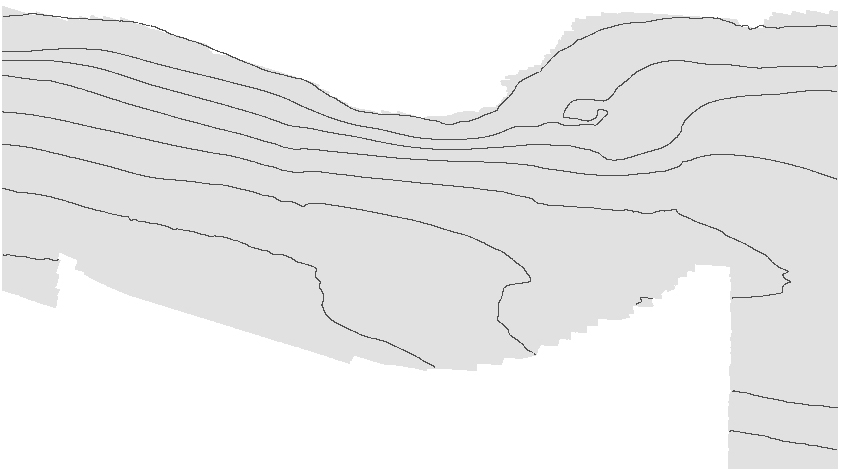| Description |
This part of DS 781 presents data for the bathymetric contours for several seafloor maps of the Offshore of Santa Barbara map area, California. The vector data file is included in "Contours_OffshoreSantaBarbara.zip," which is accessible from https://pubs.usgs.gov/ds/781/OffshoreSantaBarbara/data_catalog_OffshoreSantaBarbara.html. These data accompany the pamphlet and map sheets of Johnson, S.Y., Dartnell, P., Cochrane, G.R., Golden, N.E., Phillips, E.L., Ritchie, A.C., Greene, H.G., Krigsman, L.M., Kvitek, R.G., Dieter, B.E., Endris, C.A., Seitz, G.G., Sliter, R.W., Erdey, M.E., Gutierrez, C.I., Wong, F.L., Yoklavich, M.M., Draut, A.E., Hart, P.E., and Conrad, J.E. (S.Y. Johnson and S.A. Cochran, eds.), 2013, California State Waters Map Series—Offshore of Santa Barbara, California: U.S. Geological Survey Scientific Investigations Map 3281, 45 p., 11 sheets, scale 1:24,000, https://doi.org/10.3133/sim3281. Contours of the Offshore of Santa Barbara map area, California, were generated from bathymetry data collected by California State University, Monterey Bay, Seafloor Mapping Lab (CSUMB), by the U.S. Geological Survey (USGS), and by Fugro Pelagos for the U.S. Army Corps of Engineers (USACE) Joint Lidar Bathymetry Technical Center of Expertise. Most of the offshore area was mapped by CSUMB in the summer of 2007, using a 244-kHz Reson 8101 multibeam echosounder. Smaller areas in the far-east nearshore, as well as further offshore to the west and in the southeast outer shelf area, were mapped by the USGS in 2005 and 2006, using a combination of 468-kHz (2005) and 117-kHz (2006) SEA (AP) Ltd. SWATHplus-M phase-differencing sidescan sonars. The nearshore bathymetry and coastal topography were mapped for USACE by Fugro Pelagos in 2009, using the SHOALS-1000T bathymetric-lidar and Leica ALS60 topographic-lidar systems. All these mapping missions combined to collect bathymetry from the 0-m isobath to beyond the 3-nautical-mile limit of California's State Waters. A smooth arithmetic mean convolution function that assigns a weight of one-ninth to each cell in a 3-pixel by 3-pixel matrix was then applied iteratively to the grid ten times. Following smoothing, contour lines were generated at 10-m intervals, then the contours were clipped to the boundary of the map area. [More]
|
